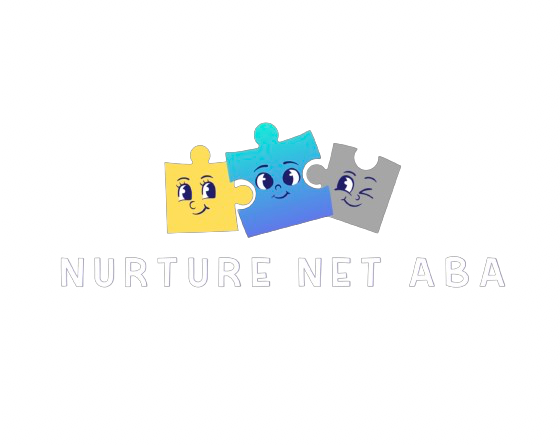BEHAVIOR REDUCTION
The "Behavior Reduction" section of the Registered Behavior Technician (RBT) exam assesses your understanding of principles and techniques used in Applied Behavior Analysis (ABA) to decrease or eliminate challenging behaviors exhibited by individuals. This section focuses on your knowledge of behavior reduction strategies and interventions.
To prepare for this section of the exam, you should study various concepts and techniques related to behavior reduction in ABA, including but not limited to:
-
Functional Behavior Assessment (FBA)
Understanding the process of identifying the function or purpose of challenging behaviors.
-
Behavior Intervention Plan (BIP) Development
Knowing how to create individualized plans to address challenging behaviors based on the results of the FBA.
-
Reinforcement
Understanding the principles of reinforcement and how they can be applied to decrease challenging behaviors.
-
Punishment
Understanding the principles of punishment and its ethical considerations in behavior reduction.
Extinction: Knowing how to implement extinction procedures to decrease unwanted behaviors by withholding reinforcement.
-
Differential Reinforcement
Understanding how to reinforce alternative behaviors while extinguishing the target behavior.
-
Antecedent Interventions
Knowing how to modify environmental factors or antecedents to prevent the occurrence of challenging behaviors.
-
Response Interruption/Redirection
Understanding techniques for interrupting or redirecting challenging behaviors as they occur.
-
Prompting and Prompt Fading
Knowing how to provide prompts to assist individuals in exhibiting appropriate behaviors and gradually reducing the prompts over time.
-
Data Collection and Analysis
Understanding the importance of collecting data to monitor behavior change and make data-driven decisions regarding behavior reduction strategies.
-
Extinction
Knowing how to implement extinction procedures to decrease unwanted behaviors by withholding reinforcement.
